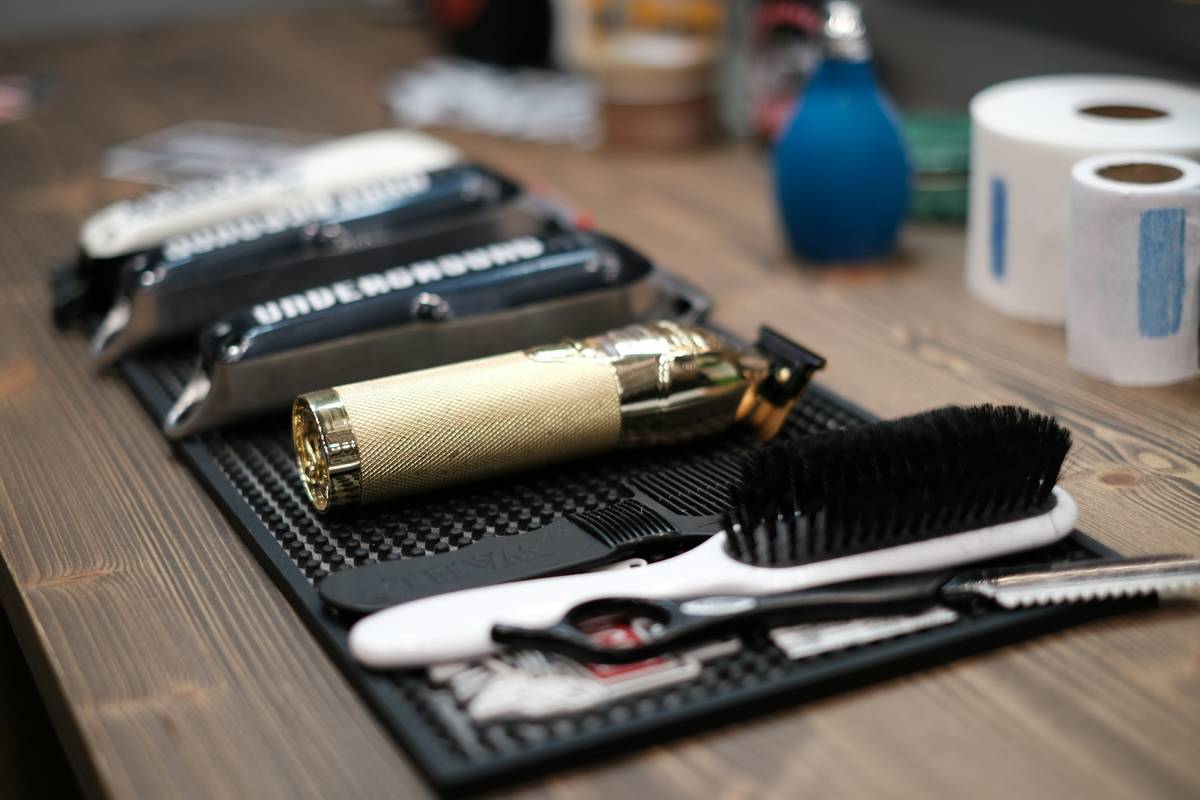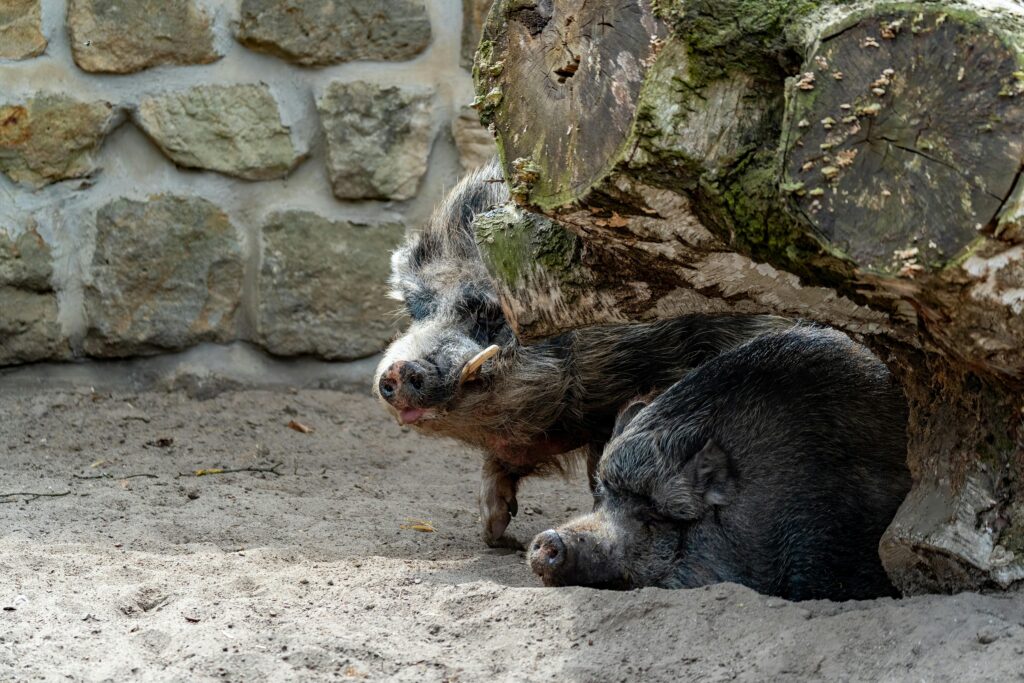Ever found yourself staring at your pet’s fur, wondering why it’s all tangled up despite your best efforts? Yeah, us too. It turns out, dry brushing isn’t just about swiping a brush across their fur—it’s an art form that can make or break your grooming routine.
In this guide, we’ll dive deep into dry brush advice, focusing on how bristle brushes can transform your pet’s coat from matted chaos to gloriously smooth and shiny. You’ll learn:
- Why dry brushing matters for pets
- A step-by-step guide to using bristle brushes effectively
- Tips to avoid common dry brushing mistakes
- Real-life examples of pets who’ve benefited from proper dry brushing techniques
Table of Contents
- Key Takeaways
- The Problem with Improper Dry Brushing
- Step-by-Step Guide to Dry Brushing
- Tips & Best Practices
- Examples & Case Studies
- FAQs About Dry Brushing
- Conclusion
Key Takeaways
- Dry brushing removes loose hair, dirt, and dander while promoting healthy skin under the coat.
- Bristle brushes are ideal for evenly distributing natural oils in your pet’s fur.
- Over-brushing can lead to irritation—use gentle strokes and avoid sensitive areas.
The Problem with Improper Dry Brushing
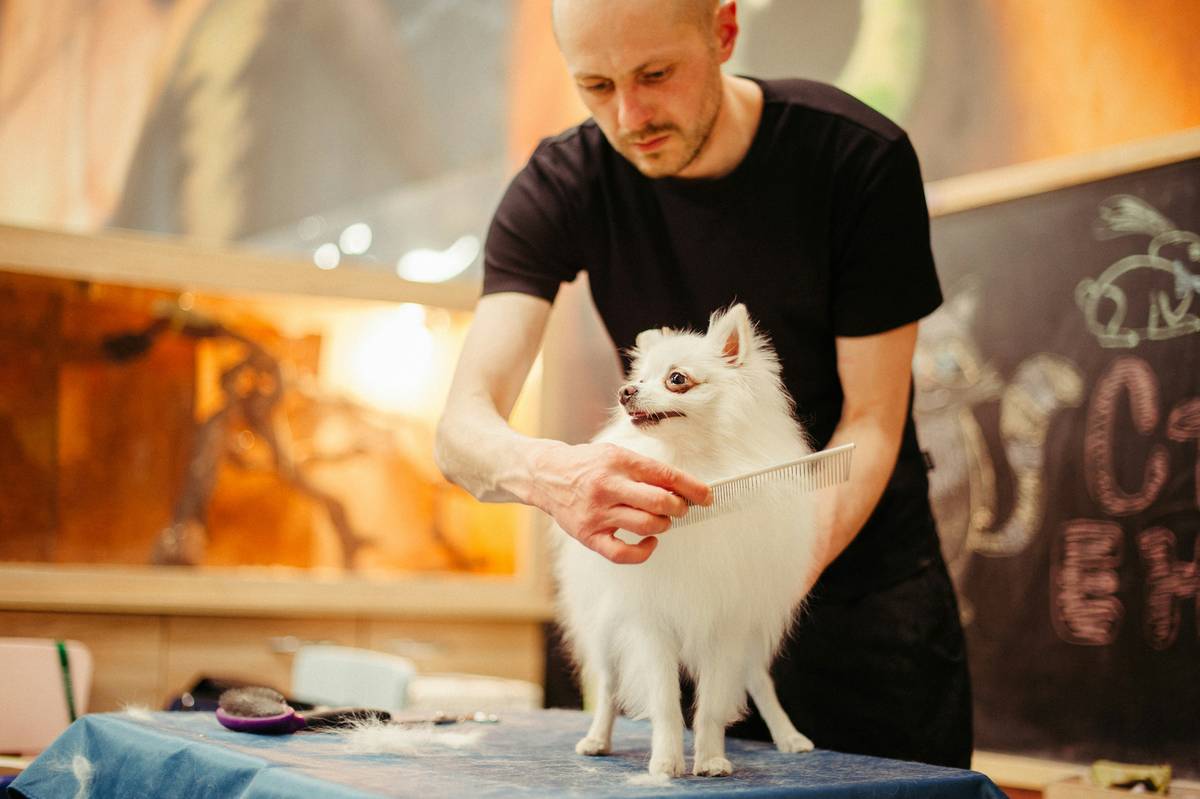
(Image description: A close-up shot of a dog with severely matted fur.)
I once spent $50 on what I thought was a “miracle” bristle brush only to end up with my golden retriever looking more frazzled than fabulous after one session. Turns out, the brush wasn’t the issue—it was me. Improper technique left his coat looking like he’d been through a tornado.
The truth is, neglecting dry brushing or doing it incorrectly can cause major problems:
- Matted fur that leads to discomfort or even skin infections.
- Dandruff buildup because brushing spreads oil naturally produced by the skin.
- Frustration for both you and your furry friend if the process feels traumatic.
But don’t worry—we’re here to fix that. Let’s talk solutions.
Step-by-Step Guide to Dry Brushing
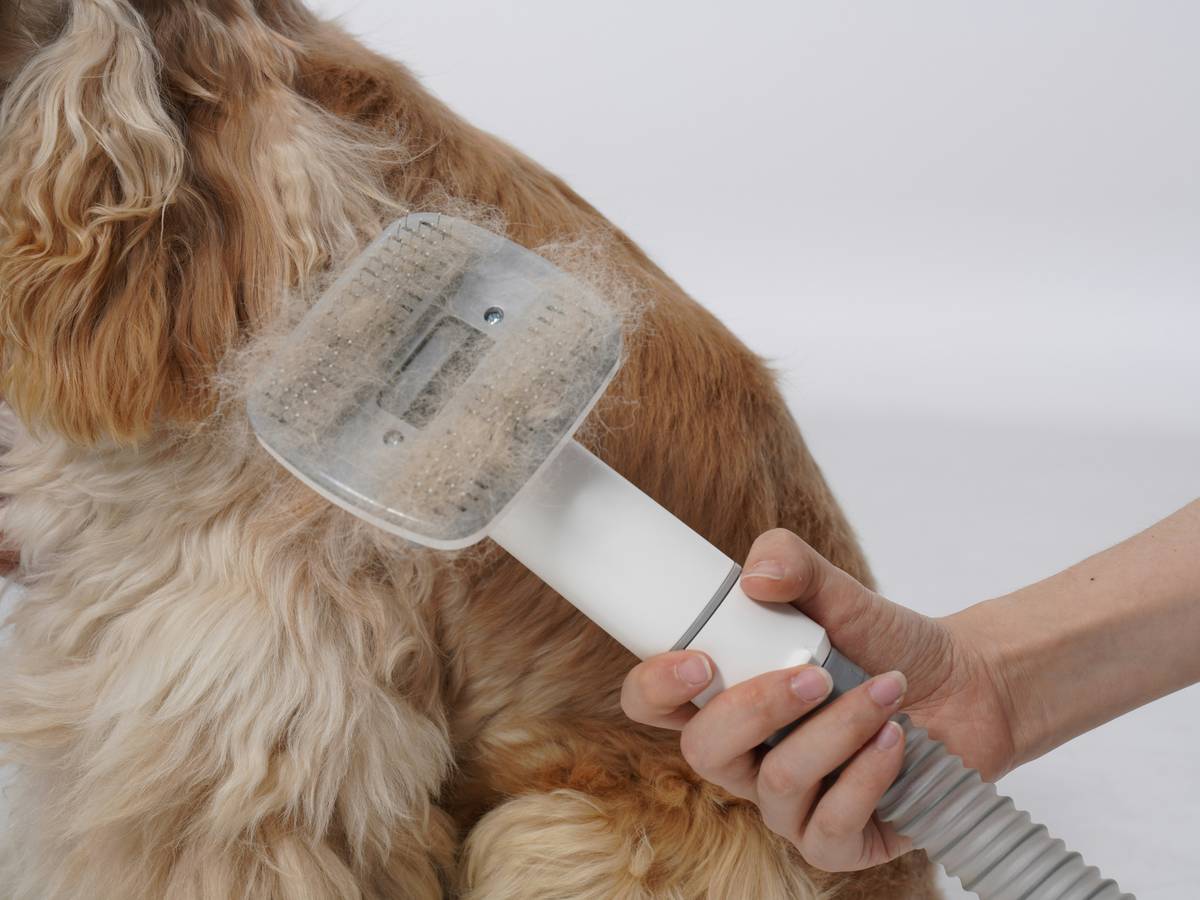
(Image description: An owner smiling as they carefully brush their golden retriever outside.)
Optimist You:* “This will be easy!”
Grumpy You: “Ugh, fine—but only if coffee’s involved.”
Before you grab any old brush and start scrubbing away, let’s break down the perfect dry brushing routine:
- Choose the Right Brush: For dry brushing, go with high-quality bristle brushes designed specifically for pets. Avoid metal prongs unless dealing with extremely thick coats.
- Gather Supplies: Have treats ready for positive reinforcement and a damp cloth nearby to wipe off excess fur.
- Start Slow: Begin brushing at the head, moving toward the tail. Use long, smooth strokes along the grain of the fur.
- Focus on Trouble Spots: If you encounter tangles, use short bursts of quick but gentle motions to work them out without pulling painfully.
- Inspect Skin: Look for redness, bumps, or parasites during the process.
Tips & Best Practices
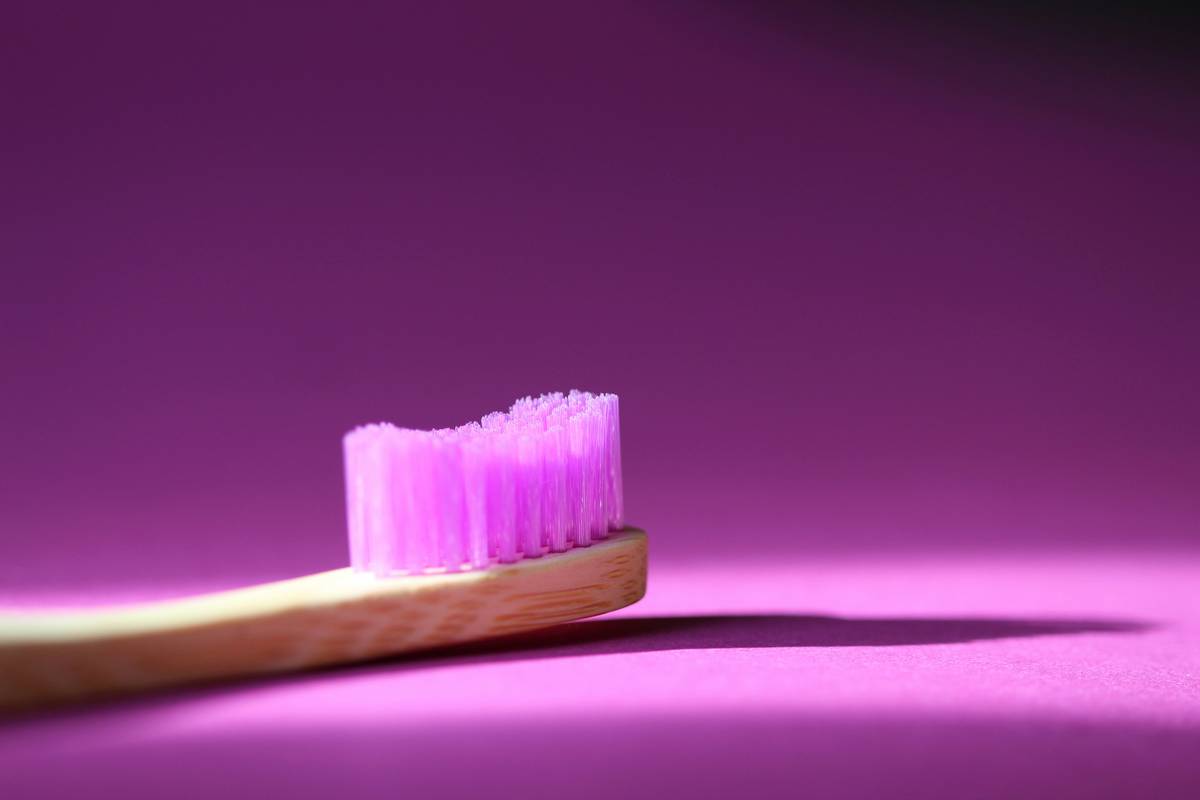
(Image description: A comparison infographic highlighting bristle brushes versus slicker brushes and deshedding tools.)
Here’s where things get real—you need to know what works and what doesn’t:
- Don’t Overdo It: Limit sessions to 10–15 minutes to prevent over-stimulation.
- Avoid These Areas: Be cautious around ears, belly, and paws since these areas are extra sensitive.
- Terrible Tip Alert: Contrary to some DIY hacks, NEVER spray water onto a bristle brush thinking it helps detangle—it actually makes mats worse!
- Chef’s Kiss Move: Pair dry brushing with a weekly bath schedule to maximize shine and softness.
Examples & Case Studies
Meet Bella, a shaggy husky mix whose owner swore off traditional slicker brushes after trying a premium bristle brush recommended by her vet. After two weeks of daily dry brushing, Bella not only looked like she stepped off a catalog cover, but she also stopped incessantly scratching herself—proving that investing in quality tools pays off.
FAQs About Dry Brushing
Q: How often should I dry brush my pet?
A: Aim for every other day for short-haired breeds and daily for longer coats prone to tangling.
Q: Can dry brushing replace bathing altogether?
A: Sadly no, although it does cut down on bathing frequency slightly. Regular bathing complements dry brushing by keeping odors at bay.
Q: What happens if I skip dry brushing entirely?
A: Expect lots of shedding, matting issues, and possibly unhappy skin underneath. Your vacuum cleaner won’t thank you either.
Conclusion
Mastering dry brushing with bristle brushes isn’t rocket science—it’s more like learning a dance move. Start slow, stay patient, and reward yourself (and your pet!) along the way. Remember, consistency is key.
And there ya go—a shiny new strategy to tackle your pet’s grooming needs armed with expert dry brush advice. Now go forth and conquer those tumbleweeds of fur rolling across your living room floor!
Oh, and remember: "Like brushing a Pikachu, love makes every stroke count."
